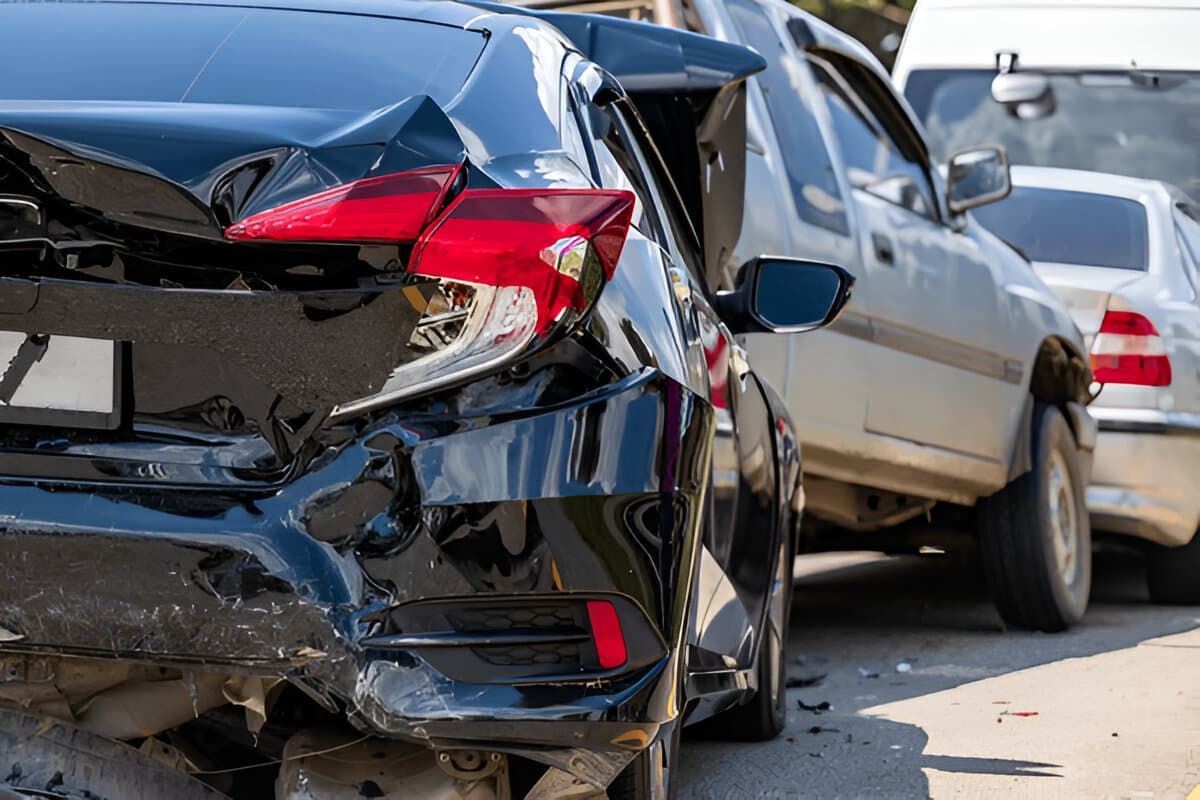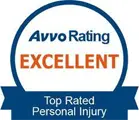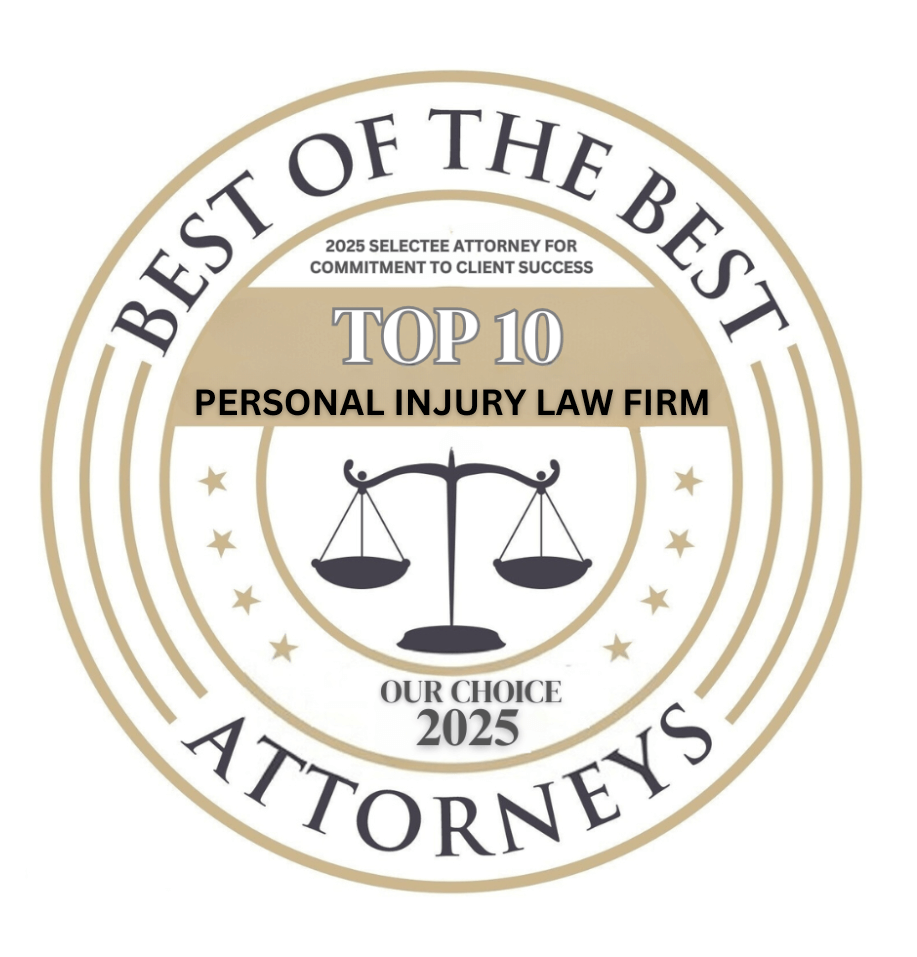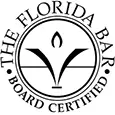
What Injuries Are Common in Head-On Collisions?
Head-on collisions are among the most devastating types of car accidents. When two vehicles traveling in opposite directions crash front-first into each other, the force of impact is often catastrophic.
Even at moderate speeds, the combined energy involved can result in life-altering injuries—or worse. Whether it’s a rural highway in Florida or a busy intersection in Seattle, these crashes often leave victims with complex medical and legal challenges.
If you or someone close to you has been involved in a head-on crash, it’s important to understand just how serious these collisions can be. Injuries are often severe due to the frontal nature of the impact, and many victims require emergency care, surgery, and long-term rehabilitation. But beyond the physical pain, there are often emotional and financial consequences that make recovery even harder.
This blog will walk through the most common injuries seen in head-on collisions, why these types of injuries happen, and how victims can seek help. If you’re facing medical bills, missed time at work, or questions about what happens next, this information is meant to offer a starting point—not legal advice.
Still, consulting a personal injury lawyer early on can help you better understand your options.
What Is a Head-On Collision?
A head-on collision happens when two vehicles traveling in opposite directions crash front-first into each other. These accidents usually occur when a driver crosses into oncoming traffic—whether by drifting out of their lane, traveling the wrong way on a one-way road, or attempting a risky passing maneuver.
While less common than other accident types, head-on collisions are disproportionately dangerous. That’s because the combined speeds of both vehicles amplify the impact, even if each car is only traveling at 30 or 40 miles per hour. 
In areas like I-275 near Tampa or major arteries around Seattle, these accidents are often linked to distracted driving, impaired driving, or confusion caused by poorly marked intersections. In rural parts of Florida or Washington, they may happen on two-lane roads with no center divider. The results can be catastrophic.
The direct frontal impact puts immense pressure on the human body—more than it’s built to endure.
Drivers and passengers often have little time to react or brace for impact, and the force is typically absorbed by the chest, head, neck, and lower extremities. These collisions are among the most fatal on the road and often leave survivors with severe or disabling injuries.
The Most Common Types of Injuries in Head-On Collisions
Here are some of the most notable injuries that most victims sustain in head-on collisions:
Traumatic Brain Injuries (TBI)
Head-on crashes frequently lead to traumatic brain injuries (TBI), one of the most serious and life-altering outcomes a person can suffer in an accident. The sudden jolt of impact can cause the brain to slam against the skull—even if the head doesn’t physically hit an object. This motion can lead to concussions, brain bleeding (hematomas), or more diffuse injuries like axonal shearing.
Common symptoms of TBI include confusion, memory loss, mood changes, headaches, and sensory impairments. In more severe cases, victims may lose consciousness, fall into a coma, or suffer permanent cognitive deficits. Recovery timelines vary widely depending on the severity, with some people requiring lifelong care.
TBIs are difficult to diagnose right away. Symptoms might appear hours or even days after the accident. That’s why it’s crucial to seek immediate medical attention and continue monitoring your condition afterward.
Insurance companies may downplay these injuries or claim they’re unrelated to the crash, especially if symptoms are delayed. Having medical documentation and legal guidance can help you connect your injuries to the crash. If you’re dealing with a TBI after a head-on accident, consulting an experienced attorney can ensure you don’t miss your opportunity to seek compensation for both short- and long-term impacts.
Chest and Rib Injuries
In a head-on collision, the driver’s and front passenger’s bodies are often thrown forward violently. Even with seat belts and airbags, the force can cause significant trauma to the chest and ribcage area. These injuries are not only painful—they can also be life-threatening.
Common chest injuries include fractured ribs, collapsed lungs (pneumothorax), and bruising to the heart or lungs (myocardial contusion or pulmonary contusion). When the ribs break, they can puncture internal organs or blood vessels, increasing the risk of complications. Seat belt trauma, while it saves lives, can also contribute to chest bruising or soft tissue damage.
Victims often experience sharp pain while breathing, coughing, or moving. Medical evaluation is essential to rule out internal bleeding or organ damage. In severe cases, hospitalization and surgical intervention may be required.
Insurance companies sometimes argue that chest injuries are “minor” or claim they don’t warrant significant compensation.
That’s why documenting your symptoms, following through on all treatment, and getting legal guidance can help you avoid being shortchanged. These injuries can linger for weeks or even months, and the costs of treatment and time off work can add up quickly without support.
Spinal Cord Injuries
Head-on collisions often involve a violent force that compresses or twists the spine. As a result, spinal cord injuries (SCIs) are frequently seen in these types of crashes, and the effects can be devastating. These injuries may range from minor herniated discs to complete spinal cord damage, which can lead to partial or full paralysis.
Many victims experience symptoms such as numbness, tingling, severe back pain, or difficulty moving their limbs. In some cases, there may be a complete loss of motor function or sensation below the injury site. These conditions are typically permanent and require lifelong medical care, rehabilitation, and assistance with daily tasks.
Recovery from a spinal injury is often slow and expensive. Even with the best treatment, most people face months of physical therapy, and some may never return to work or their previous quality of life. Insurance companies may try to undervalue these claims, despite the lifelong costs involved.
That’s why it’s important to work with a personal injury lawyer who understands the complex nature of SCIs. Whether you’re in Florida or Washington, a legal team with experience handling serious injury claims can help you pursue compensation for medical expenses, pain and suffering, and long-term care needs.
Lower Body Injuries
While the upper body often takes the brunt of a head-on collision, the lower body is not spared—especially for drivers and front-seat passengers. The confined space between the dashboard and the legs means that any forward momentum caused by the crash can result in serious leg, hip, and pelvic injuries.
Common lower body injuries include:
- Fractured femurs, knees, or ankles
- Dislocated hips
- Pelvic fractures
- Ligament or tendon damage
These injuries can make it difficult or impossible to walk, stand, or bear weight. Victims may need orthopedic surgery, extensive rehabilitation, and assistive devices like crutches, braces, or wheelchairs. Even after recovery, some people deal with permanent mobility issues, chronic pain, or limited range of motion.
Lower body trauma often leads to significant time off work or changes in lifestyle. For example, someone with a physically demanding job may be forced to switch careers or stop working altogether. This financial disruption should be taken seriously when calculating damages in a legal claim.
If you’ve suffered leg or pelvic injuries in a head-on crash, speaking with a lawyer can help you understand your options for seeking full and fair compensation.
Internal Organ Damage
One of the most dangerous outcomes of a head-on collision is internal organ damage. These injuries aren’t always visible at first, but they can quickly turn fatal if left untreated. The sheer force of a frontal impact can cause blunt trauma to vital organs such as the liver, kidneys, spleen, lungs, or heart.
Symptoms may include abdominal pain, dizziness, fainting, internal bleeding, or difficulty breathing. Because many of these signs can be delayed, emergency room visits after a crash are essential—even if you feel “okay” in the moment. 
Doctors may use CT scans, MRIs, or ultrasounds to detect internal bleeding or damage. In some cases, emergency surgery is needed to stop the bleeding or repair torn tissue. Recovery can be long and uncertain, especially if complications arise.
Internal injuries often become a point of dispute in insurance claims. An adjuster might argue that your pain is from a preexisting condition or that the crash wasn’t severe enough to cause such harm. Legal representation can help ensure that these injuries are documented correctly and that your claim is taken seriously.
Don’t underestimate what you can’t see. If you’ve been in a head-on crash, seek medical care immediately and consider speaking with a lawyer afterward.
Why Most Victims Should Consider Legal Help
The nature of head-on collisions makes the resulting injuries more complex than in other types of crashes. You’re not just dealing with a sore neck or some bruises — you’re often facing permanent damage, loss of mobility, or a completely changed future.
Even though it’s impossible to predict outcomes in every case, one common theme is clear: most legitimate personal injury claims involving severe head-on accidents result in some kind of settlement.
That’s not a guarantee, but a pattern. With an experienced lawyer guiding the process, victims tend to receive more appropriate compensation than if they handled the claim alone.
Without representation, you might accept a lowball offer — or worse, not file a claim at all. Insurance companies count on your lack of experience, and they are not obligated to look out for your long-term well-being. Filing a claim is not just about compensation; it’s about making sure you don’t walk away empty-handed when the accident has cost you so much.
Hiring a lawyer doesn’t cost anything upfront, and you risk nothing by learning your options. It’s a practical step toward protecting your rights and financial future.
Call the Law for a Free Consultation
If you or a loved one has been hurt in a head-on collision in Seattle, Tampa, Brandon, or North Port, Boohoff Law is here to help.
These accidents can turn your life upside down, but you don’t have to figure things out alone. Our experienced team can help you navigate the legal system, communicate with insurance companies, and pursue the compensation you deserve.
We offer free consultations — by phone, video, or in person — and we’re available to travel to you if you can’t make it to the office. Call (813) 445-8161 in Tampa, (813) 321-7878 in Brandon, (941) 888-0848 in North Port, or (877) 999-9999 in Seattle.
No promises, no pressure. Just straightforward legal support when you need it most. Let’s talk.
Frequently Asked Questions (FAQs)
What should I do immediately after a head-on collision?
Seek emergency medical attention, even if injuries aren’t obvious. Call the police, document the scene, and avoid admitting fault. Then, consider speaking to a lawyer to protect your rights.
Can I still file a claim if I was partially at fault?
Yes. Both Washington and Florida follow comparative fault rules, which means your compensation can be reduced based on your share of responsibility — but you can still recover damages.
How long do I have to file a lawsuit?
In Florida, the statute of limitations for personal injury cases is generally two years. In Washington, it’s three years. It’s important to act quickly so you don’t lose your right to recover.
Will insurance cover all of my medical bills?
It depends. Basic coverage might not fully account for long-term treatment, surgeries, or rehabilitation. A legal claim can help you pursue full compensation beyond what insurance offers.
What if the other driver died in the crash?
You may still have a valid claim against their estate or insurance provider. These cases can be more complicated, but a lawyer can guide you through the legal process.











